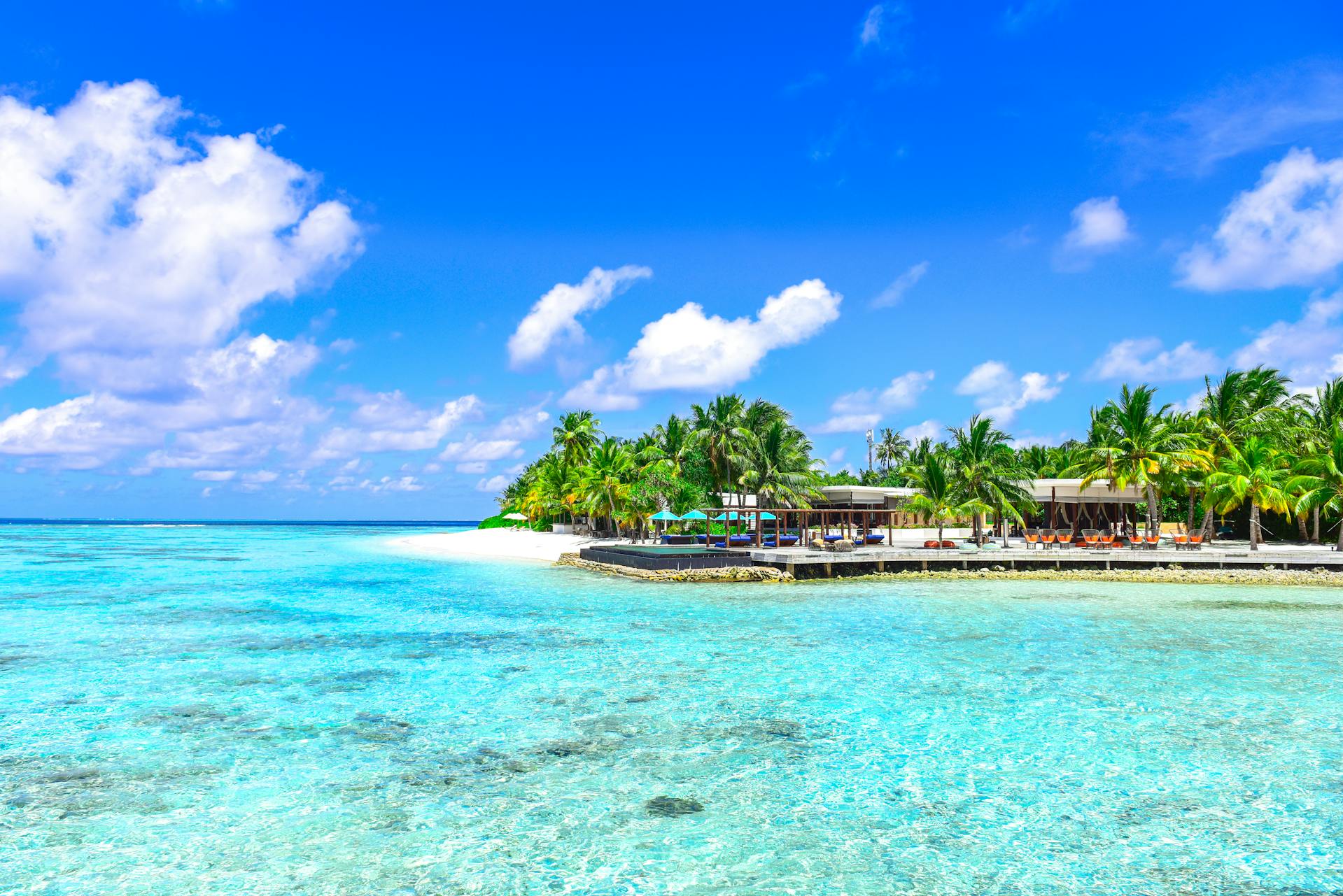
Soft white sands, frothy seafoam, and sparkling teal waters—nothing compares to tranquil coastal views. Our beaches contain breathtaking ecosystems that have inspired writers, travelers, and scientists for centuries. So, if you’re interested in the beach lifestyle, brush up on your coastal trivia with this glossary of common beach terms.
In the Ocean
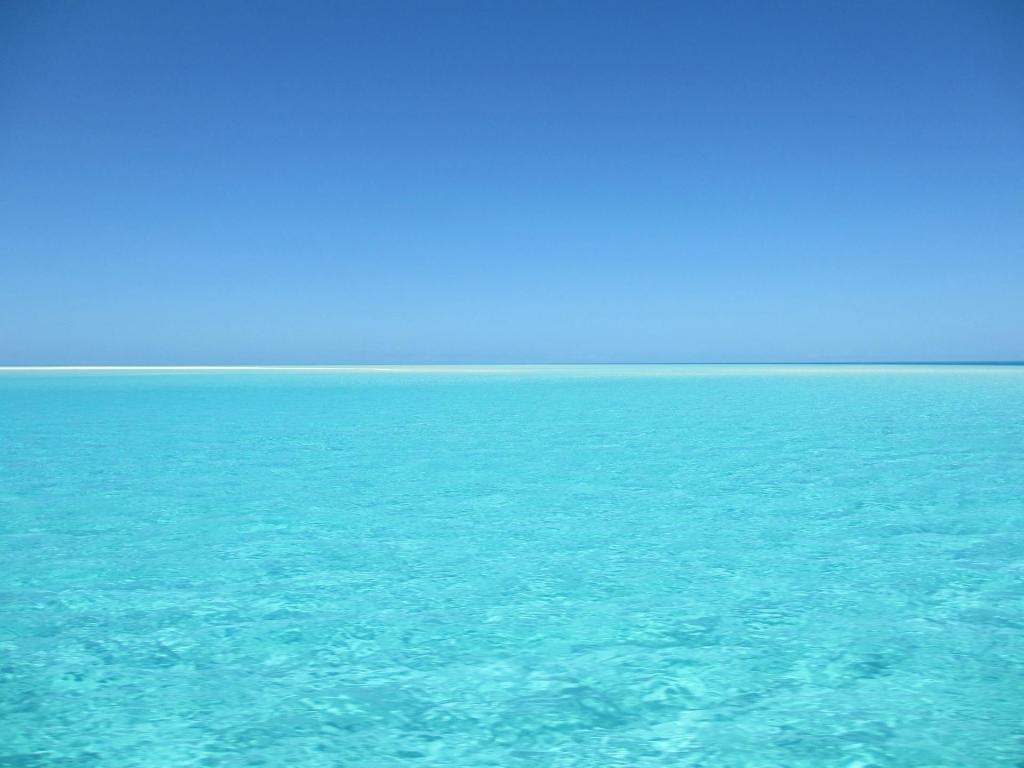
The ocean is a majestic natural wonder, full of breathtaking marine life and treasures. However, it can also be a mysterious place. For years, humans have studied our oceans to understand them better, developing concepts to comprehend these marine patterns. Check out a handful of these must-know terms:
Tide
We all know that the ocean water rushes onto the shore before being pulled back into itself. This process describes the tide—the rising and falling of the water due to the gravitational attraction of the sun, moon, and other astronomical bodies.
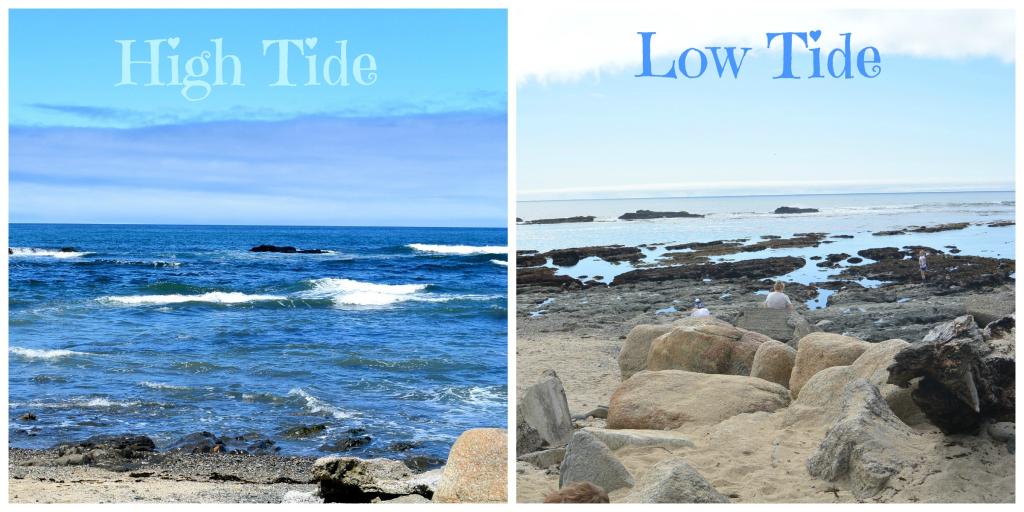
- High Tide: When the tide is high, the water reaches further up on the beach and will be deeper.
- Low Tide: During a low tide, the moon draws the water back off the beach. Hence, seashells, sandbars, and other treasures will be more visible.
- Ebb Tide: This is the happy medium between high and low tides—you can walk along the shore by the waves without worrying about them rushing upon you.
Whitecaps
When you look at the ocean, you see white lines over the waves. This is not the sun playing tricks on your eyes. These are whitecaps—small waves with a foamy crest.

Seamark
These large, colorful objects assist boaters and ship captains by marking potentially dangerous areas, such as low water levels or intense currents.
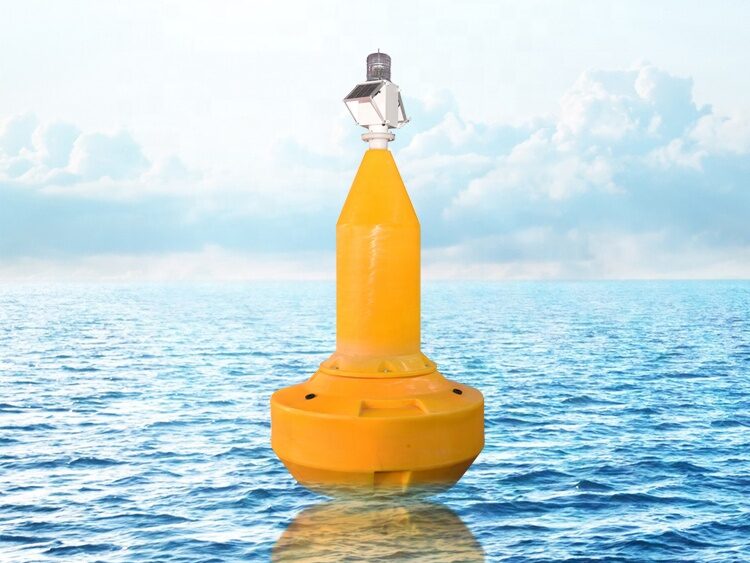
Estuary
Ocean meets river—estuaries are where freshwater streams flow into the ocean.
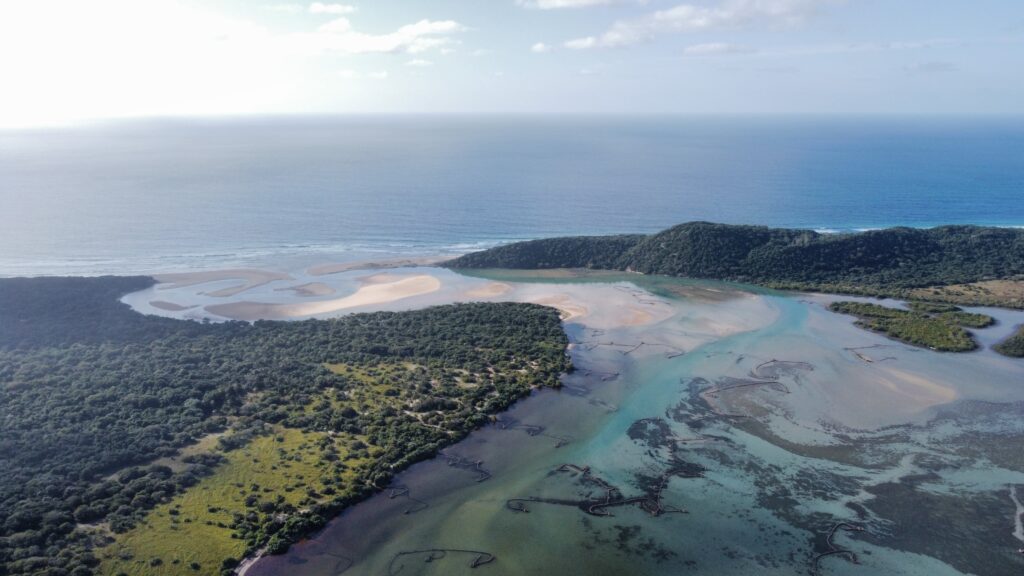
Rip Current (Undertow)
A current is when water moves in a singular direction. A rip current, more specifically, is water moving forcibly away from the shore. Swimmers should be cautious of these currents; they can become overly fatigued if they try to swim against them.
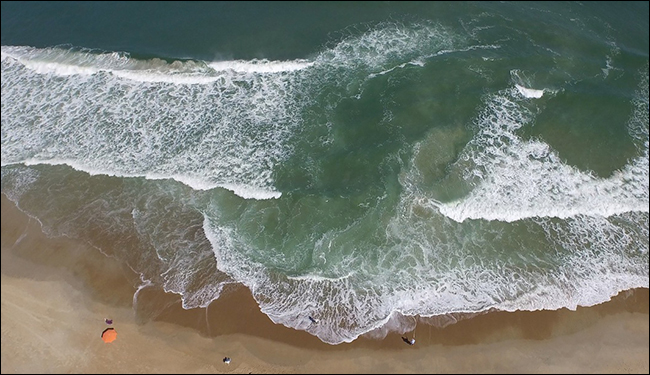
On the Coast
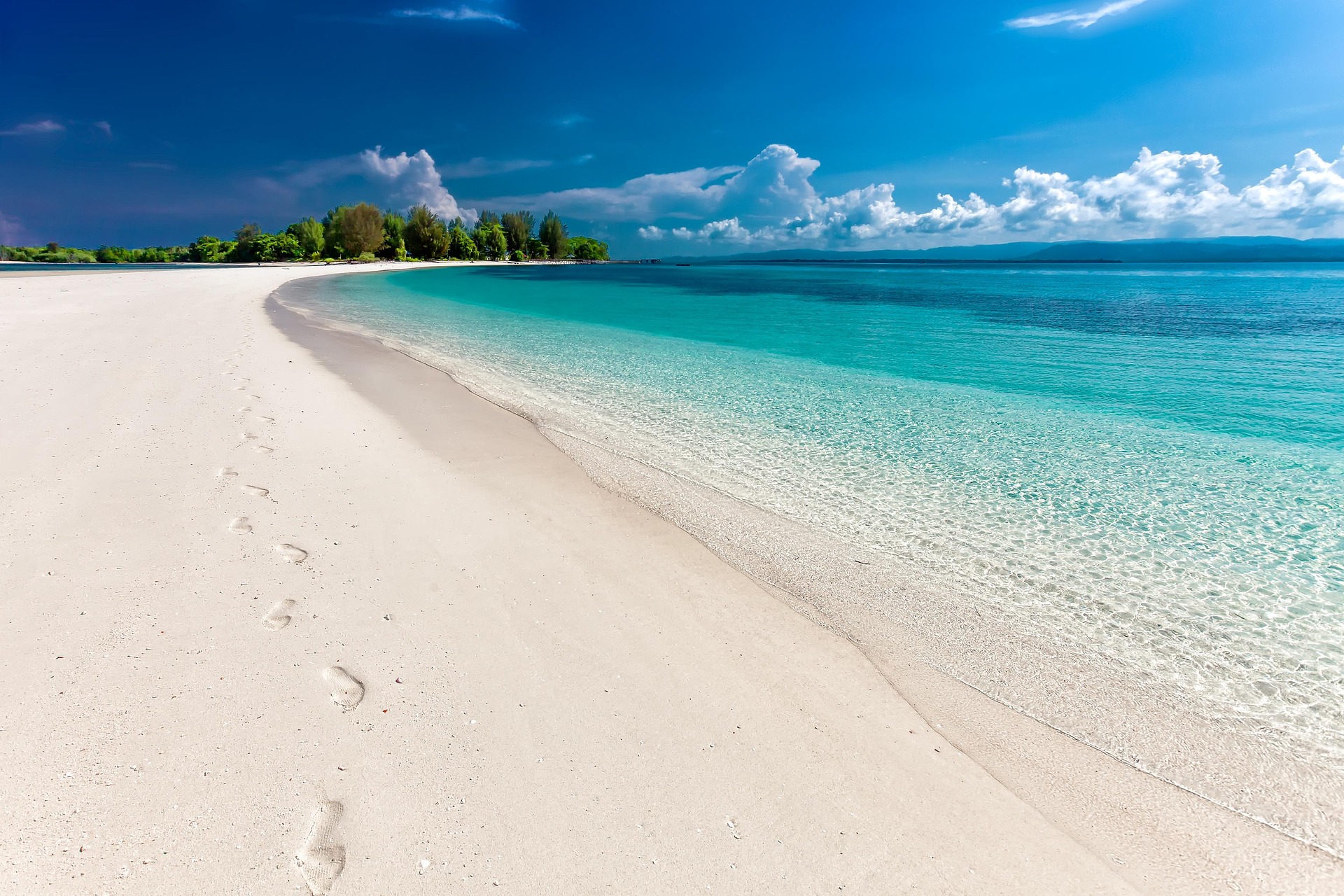
When most of us think about the beach, the ocean and the shore come to mind. However, the coast contains vast landscapes, and understanding the various types of terrain helps us value these shores even more. Check out these most popular coastal terms:
Sandbar
Over time, currents can create large ridges of sand in the middle of a body of water. During low tides, these large ridges—known as sandbars—become visible.
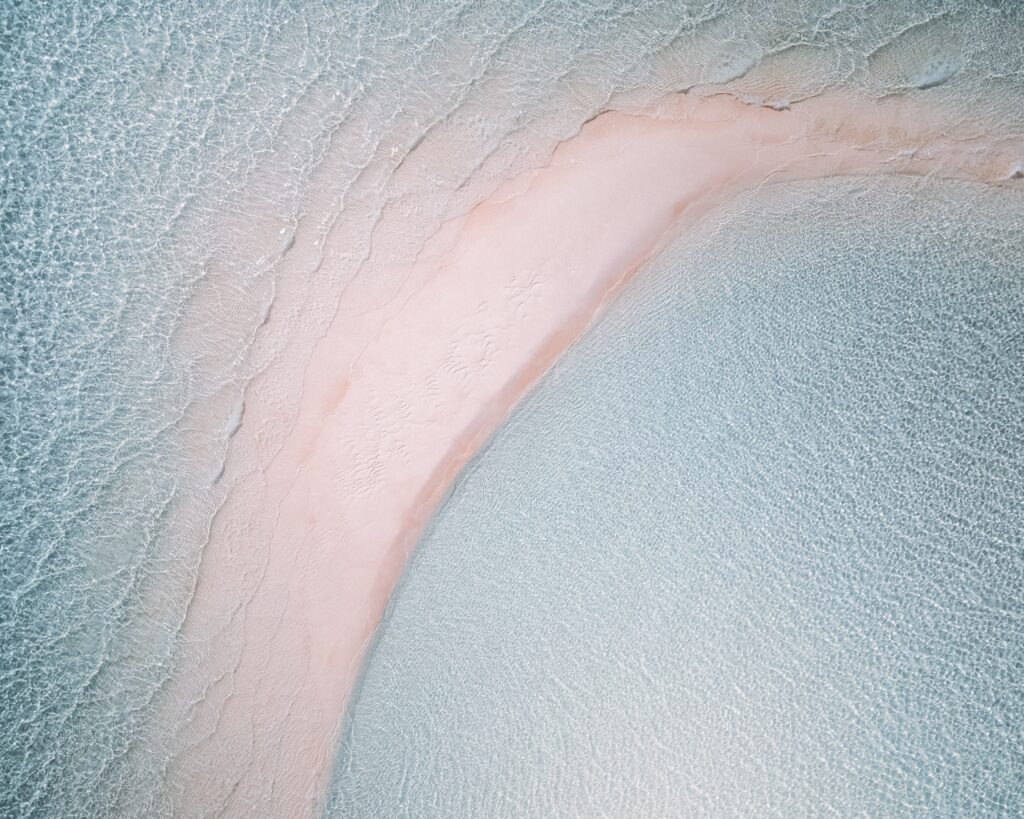
Jetty
This construction of rocks, concrete, or wood redirects currents to prevent shoreline erosion.
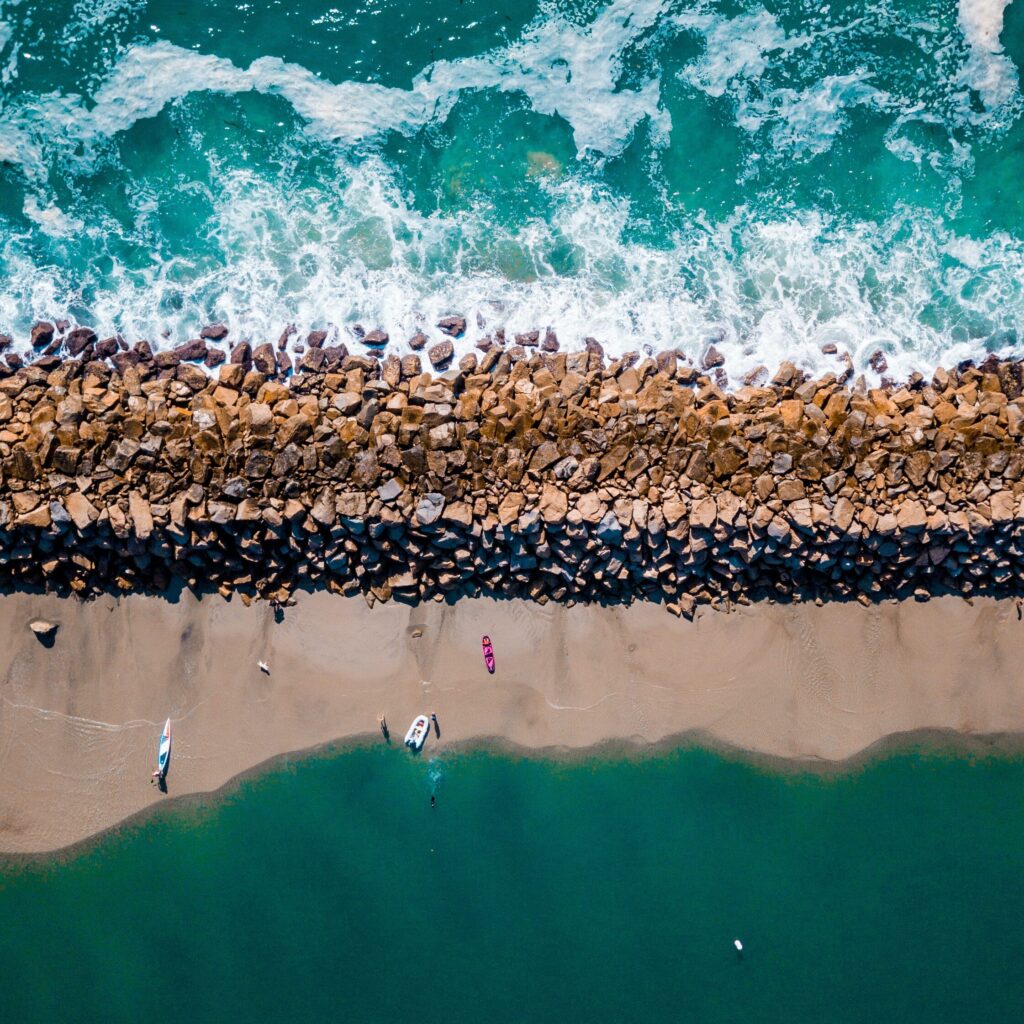
Breakwater
Similar to a jetty, a breakwater is made of rocks, concrete, or wood. However, instead of protecting the shore, a breakwater rests in the sea and shelters marinas, harbors, and vessels.
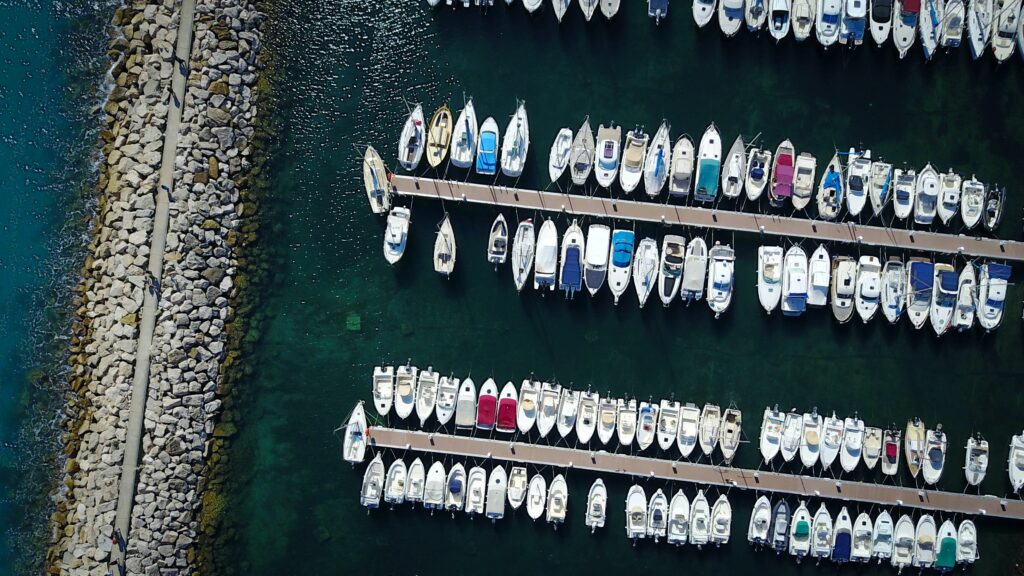
Foreshore
Land along the edge of a body of water or the part of the shore between the high-water mark and low-water mark.

Backshore
The backshore is the zone between the foreshore and sand dunes. Waves only reach this point during severe storms or high tides.
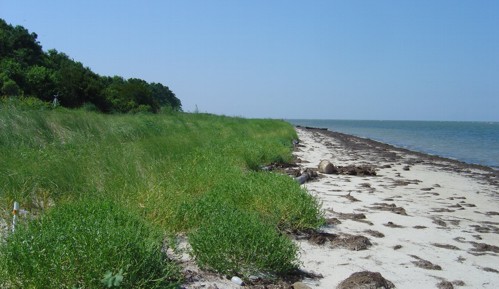
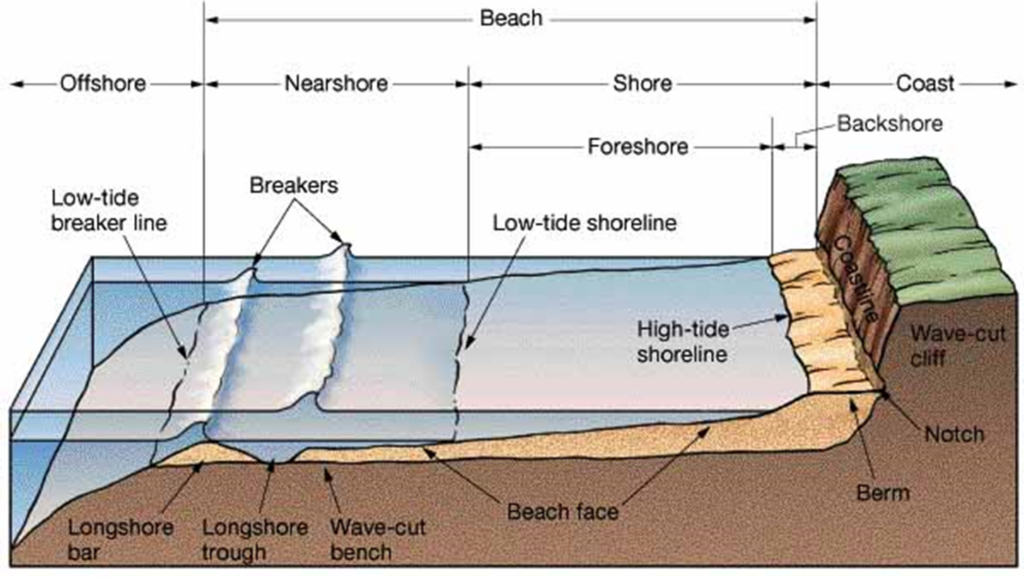
Salt Marsh
A marsh is an area of soft, wet land filled with grasses and low growth. Compared to a regular marsh, a salt marsh is frequently flooded by salt water.
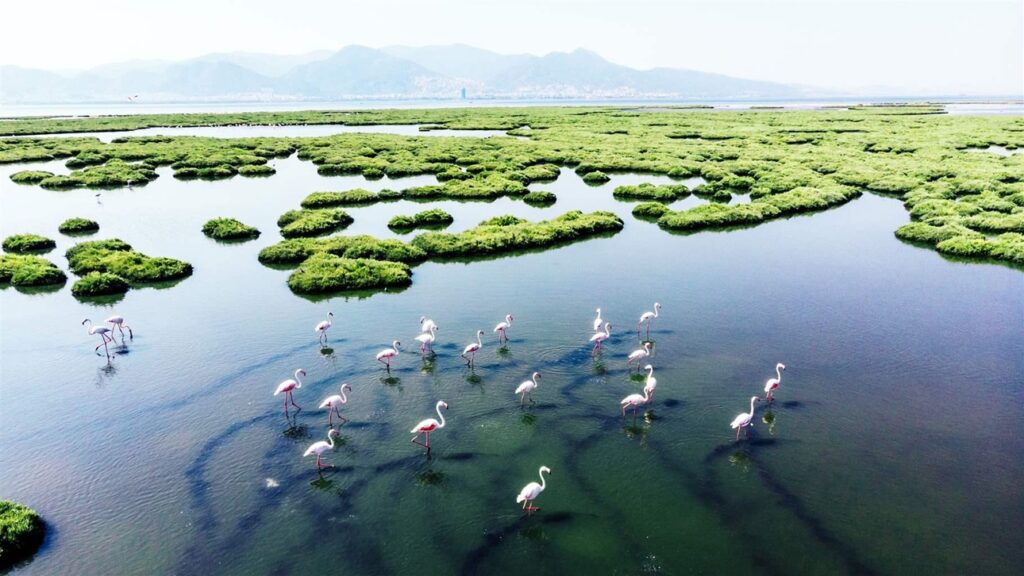
Seawall
These are useful structures built parallel to the beach or dune line to protect adjacent land or developments from high tides.
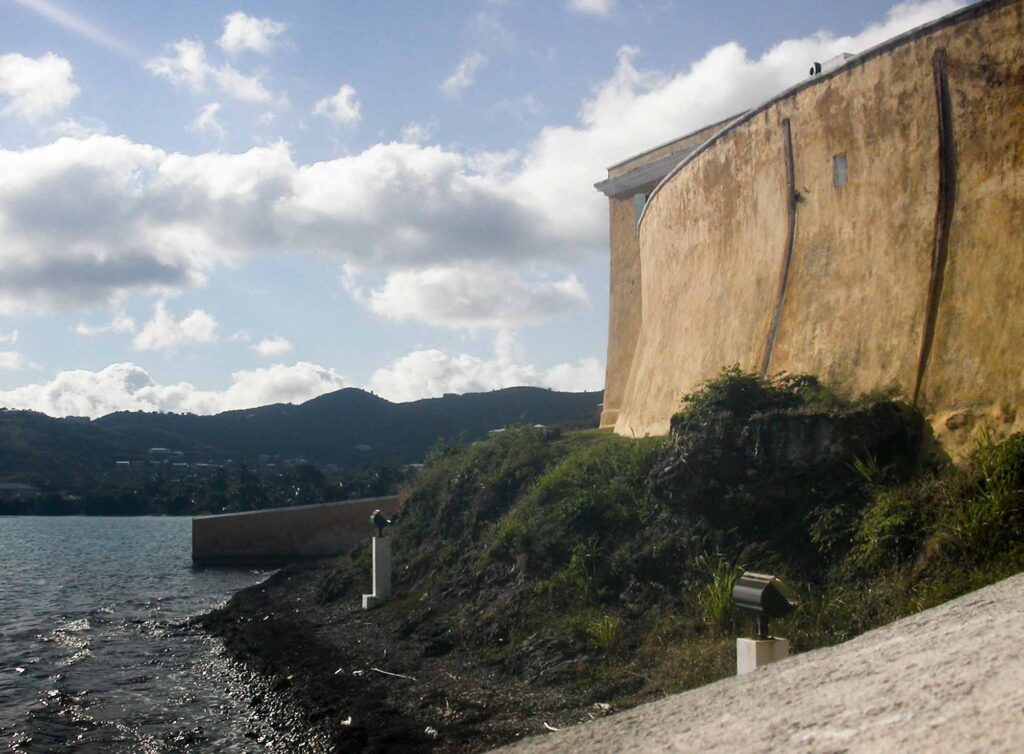
Bay
Usually smaller than gulfs, bays are inlets of the sea where the land curves inward.
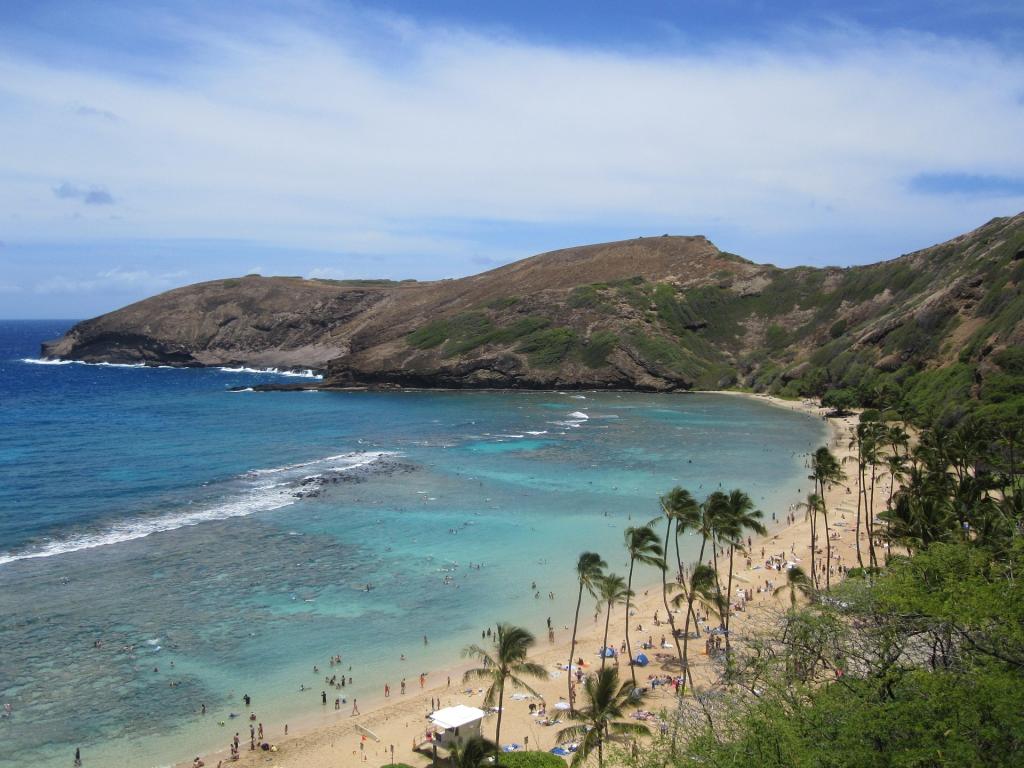
Lagoon
A lagoon is shallow pool water close to or adjacent to the sea. Large ridges of sand, rocks, or coral reefs separate lagoons from the ocean, creating small, tranquil bodies of saltwater.

Beachcomber
If you enjoy sifting through the sand for shells, you’re a beachcomber—someone who loves searching for hidden coastal treasures.
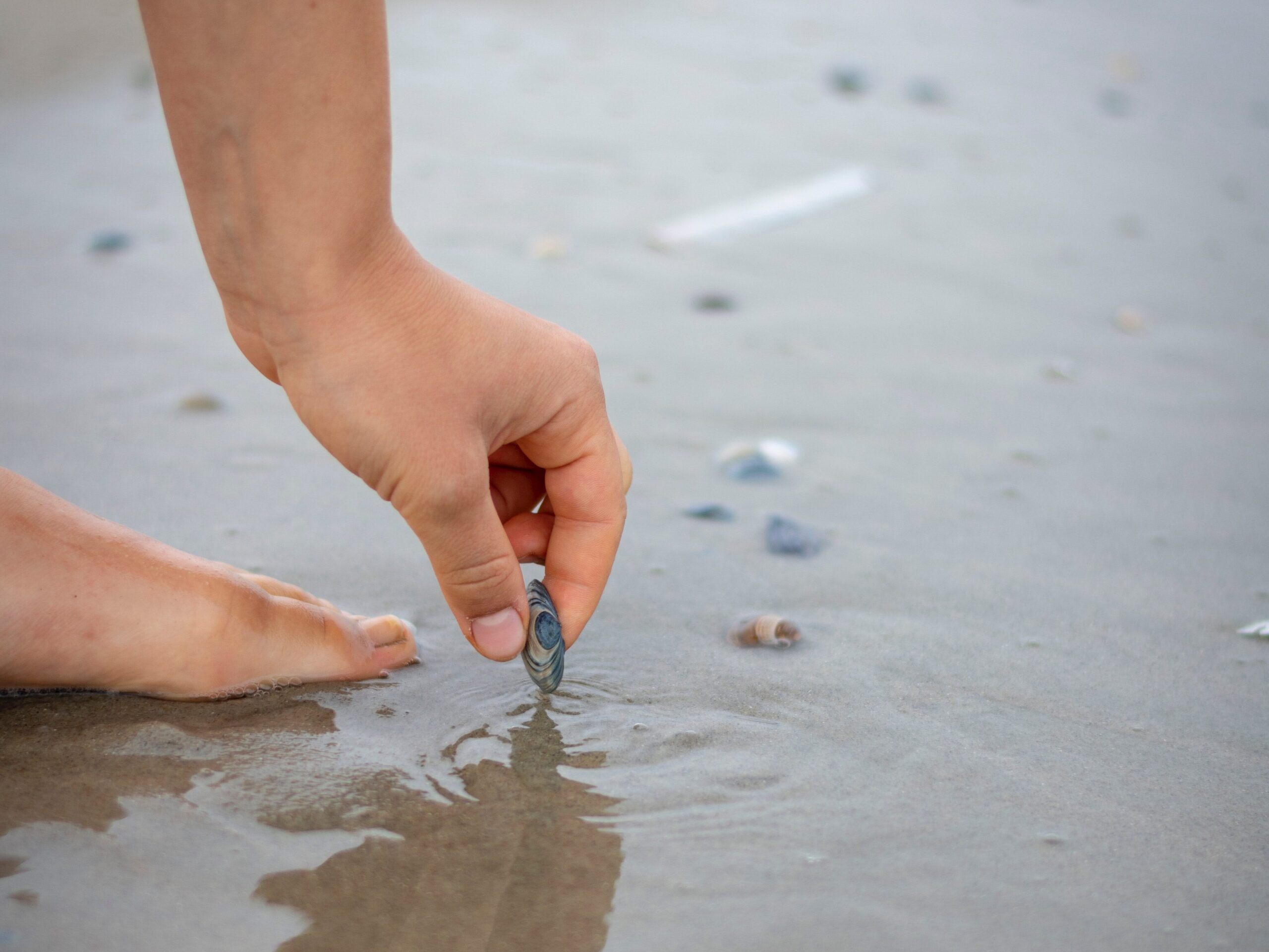
Now that you have this glossary of common beach terms, you’ll sound like a pro on your next vacation. And if you want to learn more about coastal life, check out the informative articles on Beach Homes Lifestyles!
What is an estuary?
An estuary is an environment where rivers meet the sea.
What dis the purpose of seamarks?
Seamarkers warn of potentially dangerous circumstances.
When are sandbars exposed?
Sandbars exist during high tide and are exposed during low tide.
What do seawalls do?
Seawalls are like jetties and breakwaters which prevent erosion and damage caused by waves, tides, and extreme events.

